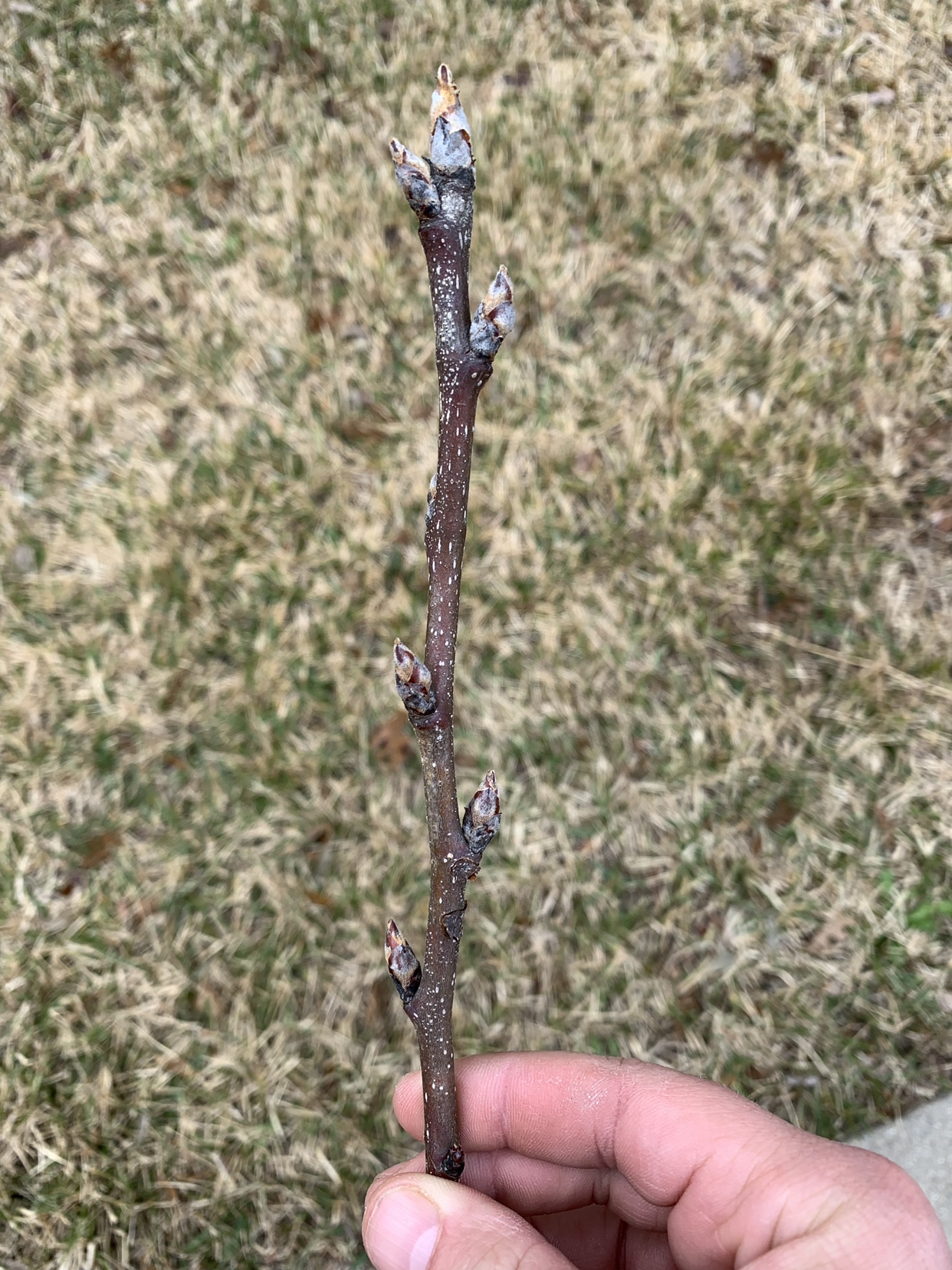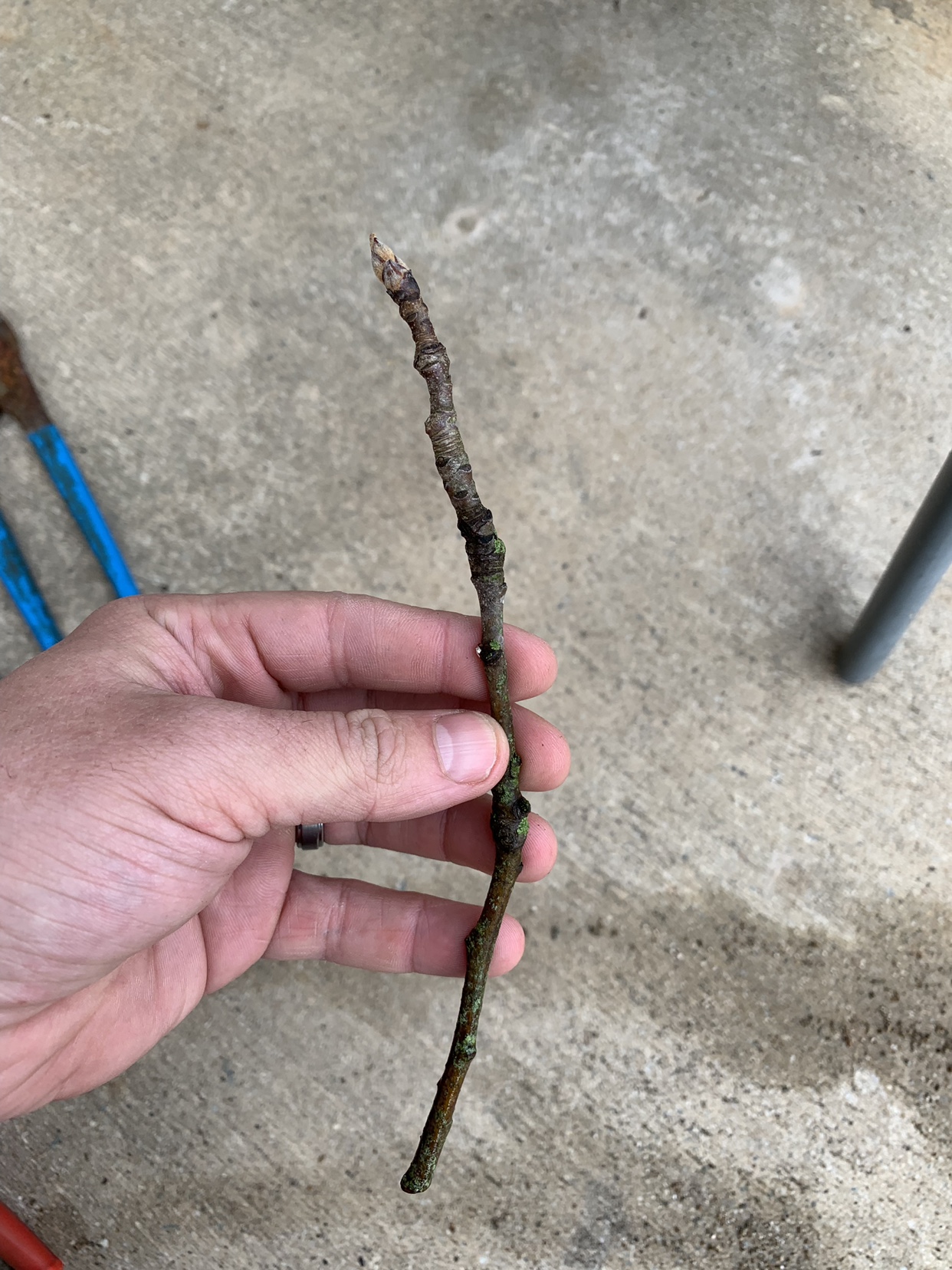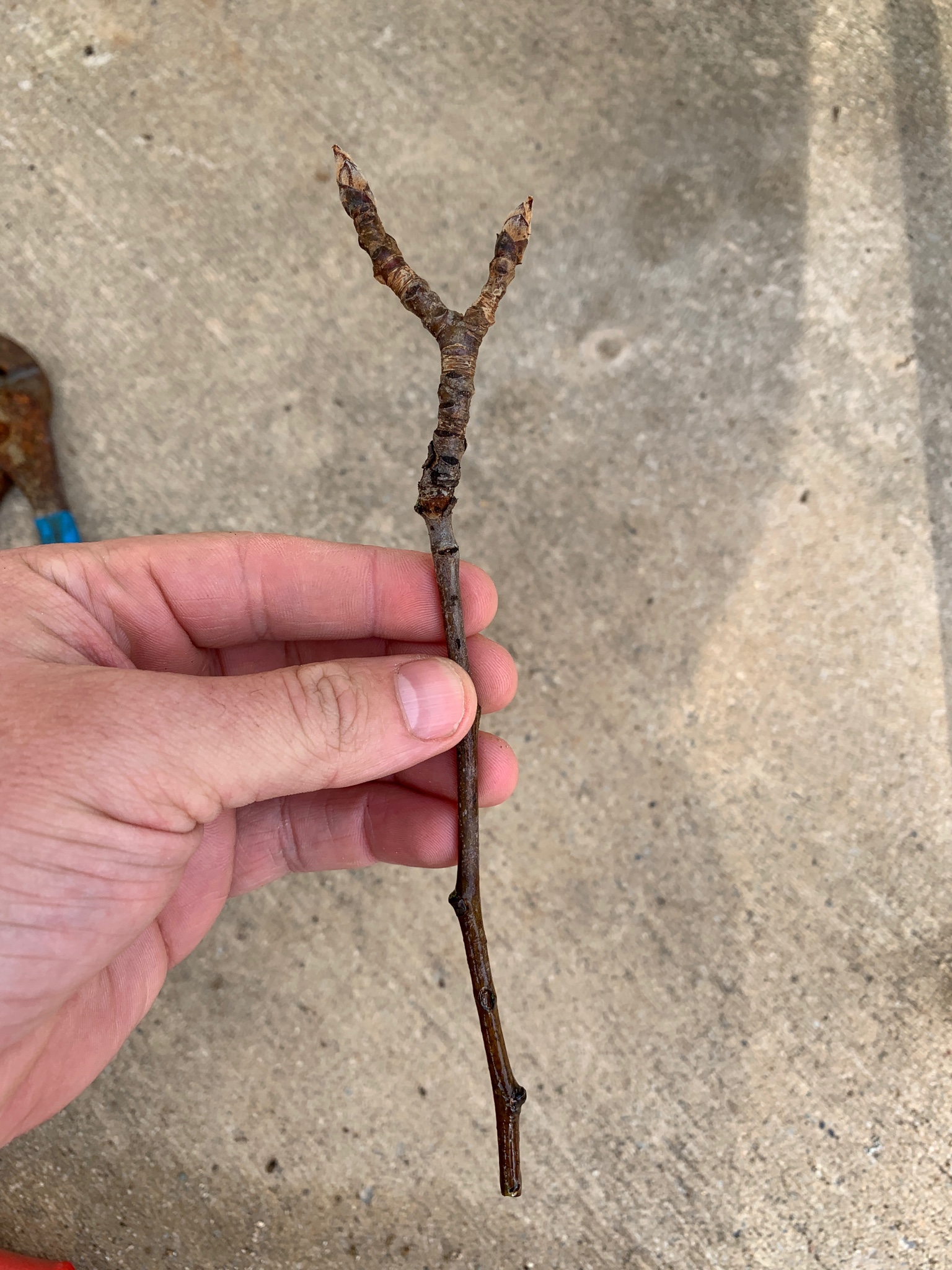IkemanTx
5 year old buck +
I stumbled across a feral pear tree on public ground in southern Oklahoma this year. I had never seen a wild one in this area, so it really peaked my interest. It was dropping well a full two weeks into November, so I would love to propagate it. I am assuming from it’s taste and small fruit, that it is an old root stock from an old homestead tree.
My initial reaction was to grow from seed, but not a single fruit had seeds in it. So, I am considering rooting cuttings instead. I figure the roots on this variety will do fine, since they have grown wild already for decades without help.
I haven’t ever grown from cuttings, so what’s the process? My assumption is to cut while dormant, dip in rooting hormone, and keep moist in a potting soil until roots form....? I’m guessing a high percentage of failures, so I would do a couple dozen hoping for a few viable trees.
Any recommendations?
Sent from my iPhone using Tapatalk
My initial reaction was to grow from seed, but not a single fruit had seeds in it. So, I am considering rooting cuttings instead. I figure the roots on this variety will do fine, since they have grown wild already for decades without help.
I haven’t ever grown from cuttings, so what’s the process? My assumption is to cut while dormant, dip in rooting hormone, and keep moist in a potting soil until roots form....? I’m guessing a high percentage of failures, so I would do a couple dozen hoping for a few viable trees.
Any recommendations?
Sent from my iPhone using Tapatalk



